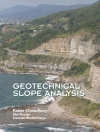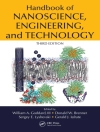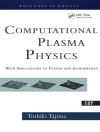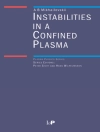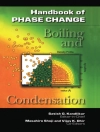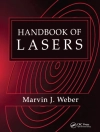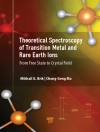Since the first volume of this work came out in Germany in 1924, this book, together with its second volume, has remained standard in the field. Courant and Hilbert’s treatment restores the historically deep connections between physical intuition and mathematical development, providing the reader with a unified approach to mathematical physics. The present volume represents Richard Courant’s second and final revision of 1953.
قائمة المحتويات
Partial table of contents:
THE ALGEBRA OF LINEAR TRANSFORMATIONS AND QUADRATIC FORMS.
Transformation to Principal Axes of Quadratic and Hermitian Forms.
Minimum-Maximum Property of Eigenvalues.
SERIES EXPANSION OF ARBITRARY FUNCTIONS.
Orthogonal Systems of Functions.
Measure of Independence and Dimension Number.
Fourier Series.
Legendre Polynomials.
LINEAR INTEGRAL EQUATIONS.
The Expansion Theorem and Its Applications.
Neumann Series and the Reciprocal Kernel.
The Fredholm Formulas.
THE CALCULUS OF VARIATIONS.
Direct Solutions.
The Euler Equations.
VIBRATION AND EIGENVALUE PROBLEMS.
Systems of a Finite Number of Degrees of Freedom.
The Vibrating String.
The Vibrating Membrane.
Green’s Function (Influence Function) and Reduction of Differential Equations to Integral Equations.
APPLICATION OF THE CALCULUS OF VARIATIONS TO EIGENVALUE PROBLEMS.
Completeness and Expansion Theorems.
Nodes of Eigenfunctions.
SPECIAL FUNCTIONS DEFINED BY EIGENVALUE PROBLEMS.
Bessel Functions.
Asymptotic Expansions.
Additional Bibliography.
Index.
عن المؤلف
David Hilbert (1862 – 1943) received his Ph D from the University of Königsberg, Prussia (now Kaliningrad, Russia) in 1884. He remained there until 1895, after which he was appointed Professor of Mathematics at the University of Göttingen. He held this professorship for most of his life. Hilbert is recognized as one of the most influential mathematicians of the 19th and early 20th centuries. His own discoveries alone would have given him that honour, yet it was his leadership in the field of mathematics throughout his later life that distinguishes him. Hilbert’s name is given to Infinite-Dimensional space, called Hilbert space, used as a conception for the mathematical analysis of the kinetic gas theory and the theory of radiations.
Richard Courant (1888 – 1972) obtained his doctorate at the University of Göttingen in 1910. Here, he became Hilbert’s assistant. He returned to Göttingen to continue his research after World War I, and founded and headed the university’s Mathematical Institute. In 1933, Courant left Germany for England, from whence he went on to the United States after a year. In 1936, he became a professor at the New York University. Here, he headed the Department of Mathematics and was Director of the Institute of Mathematical Sciences – which was subsequently renamed the Courant Institute of Mathematical Sciences. Among other things, Courant is well remembered for his achievement regarding the finite element method, which he set on a solid mathematical basis and which is nowadays the most important way to solve partial differential equations numerically.


